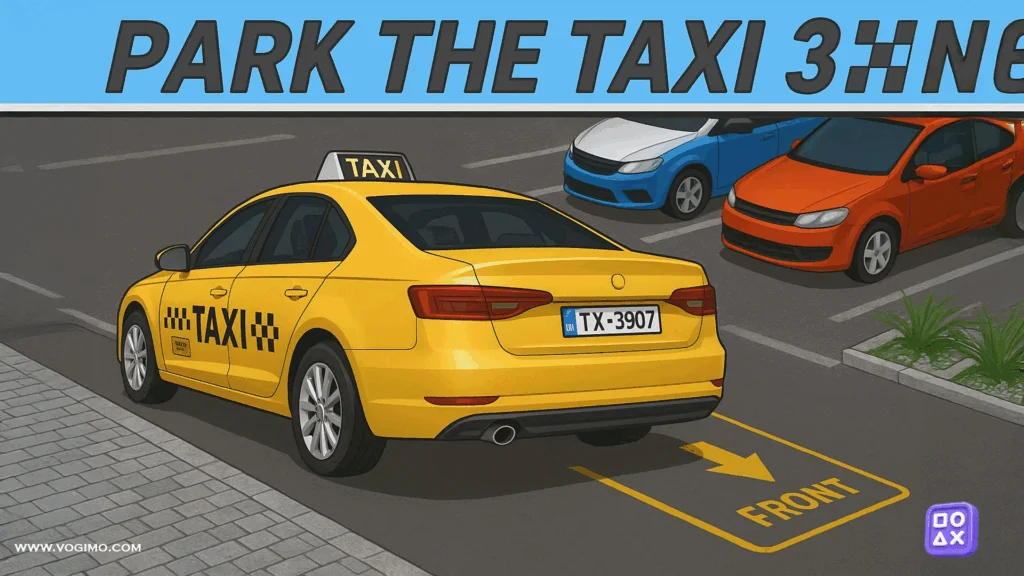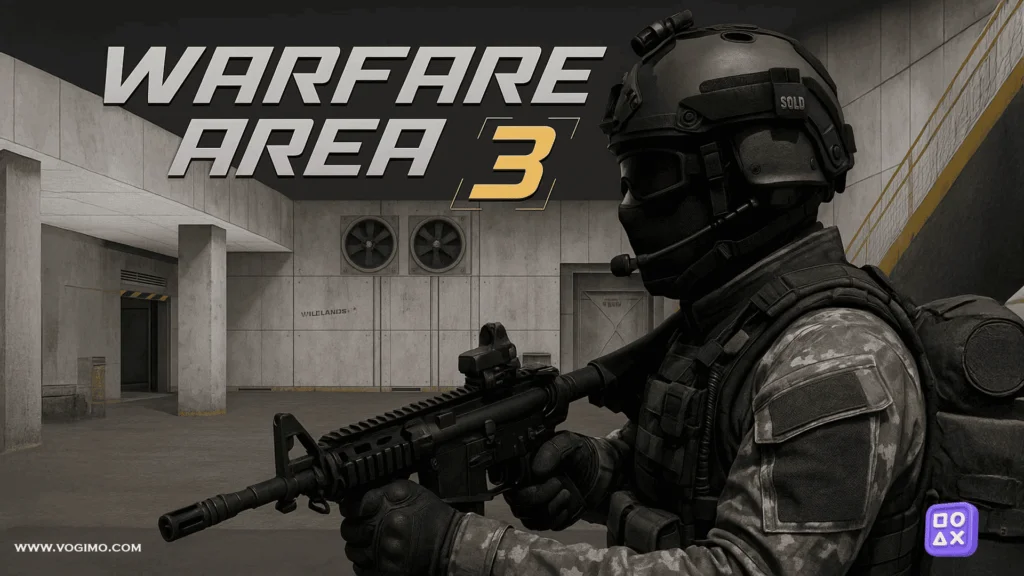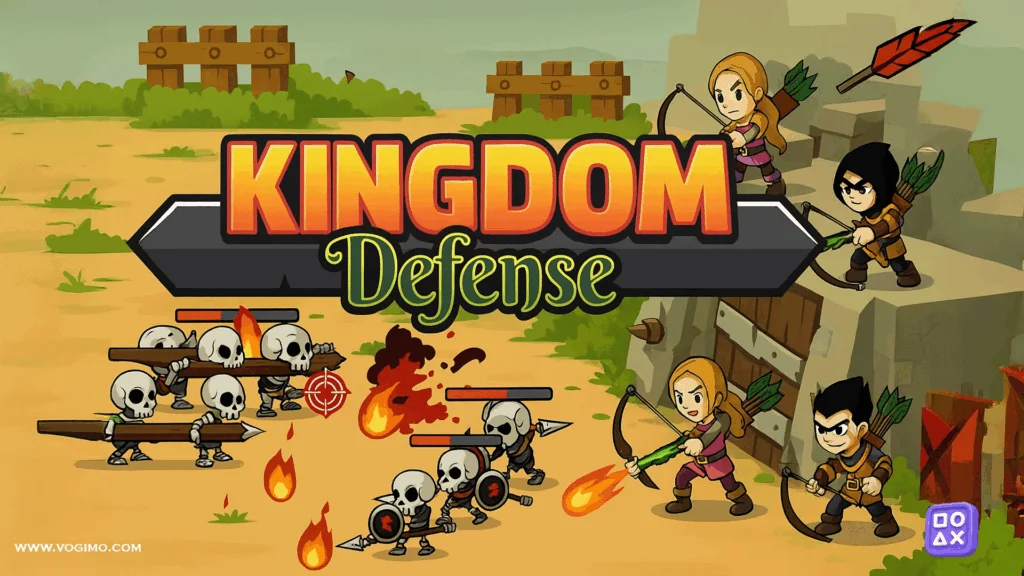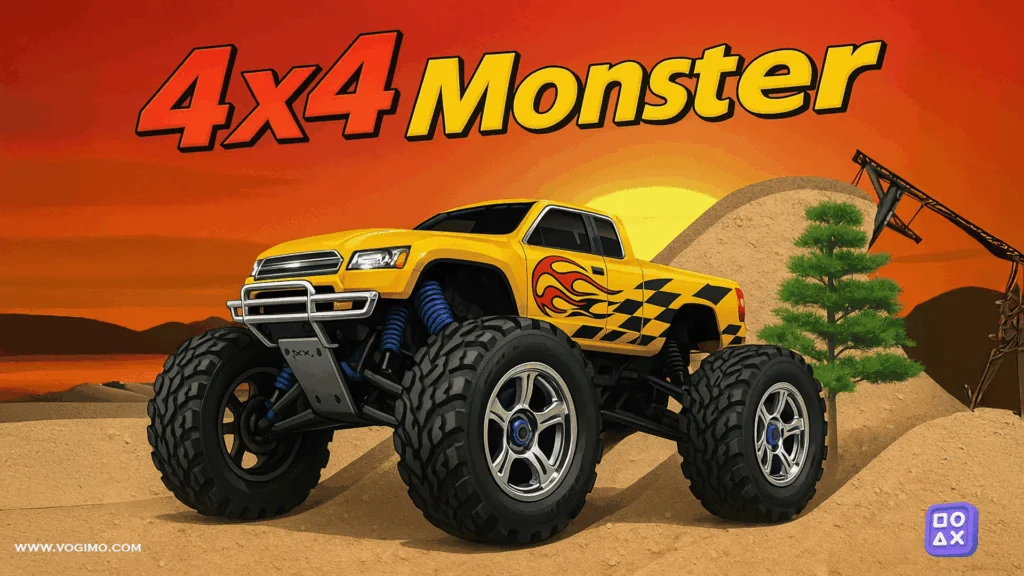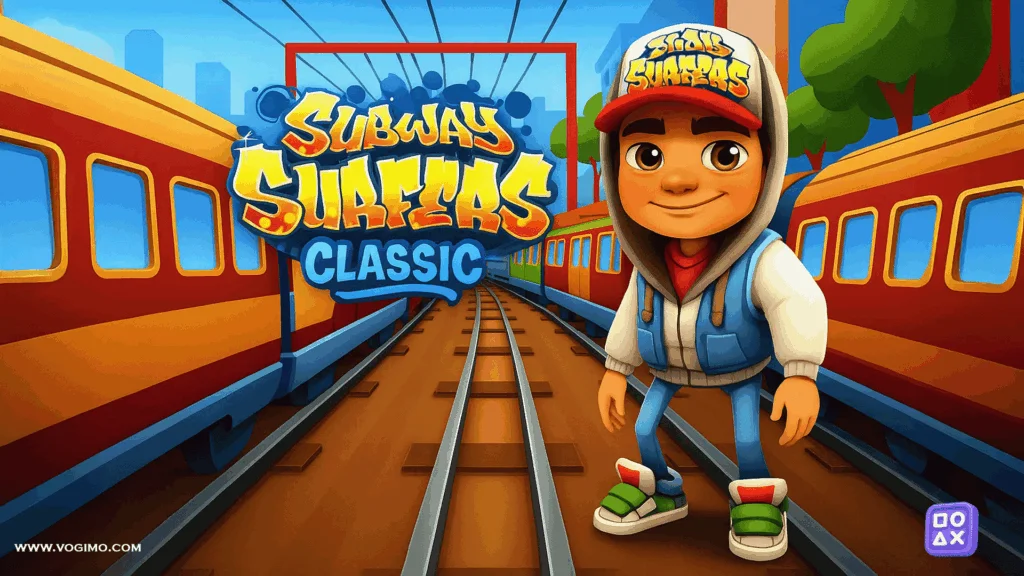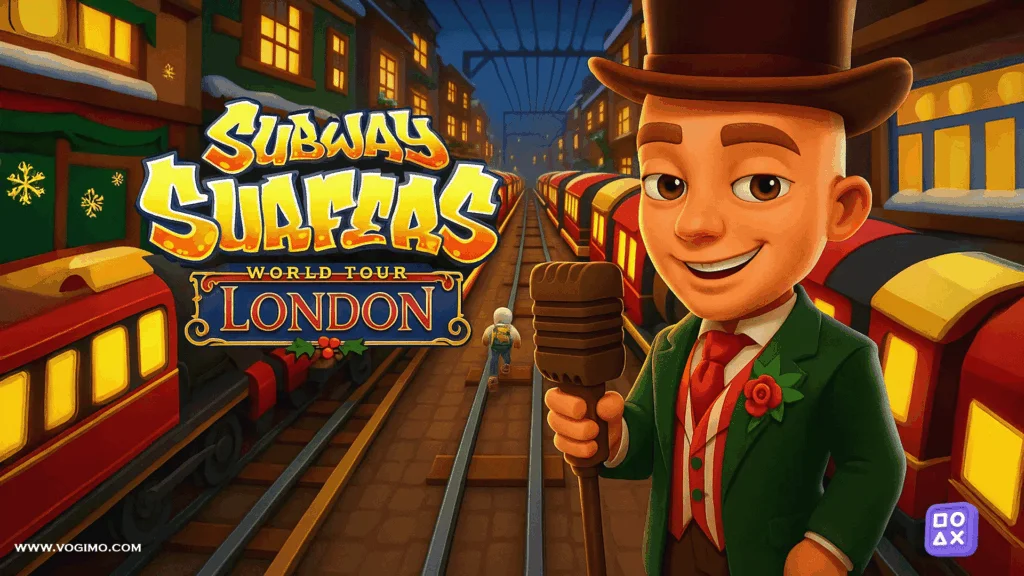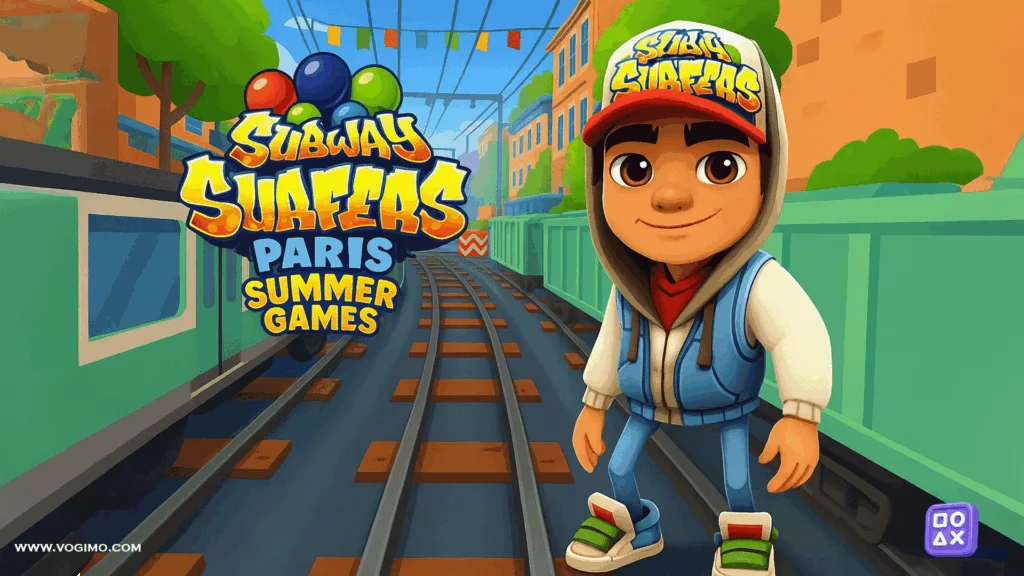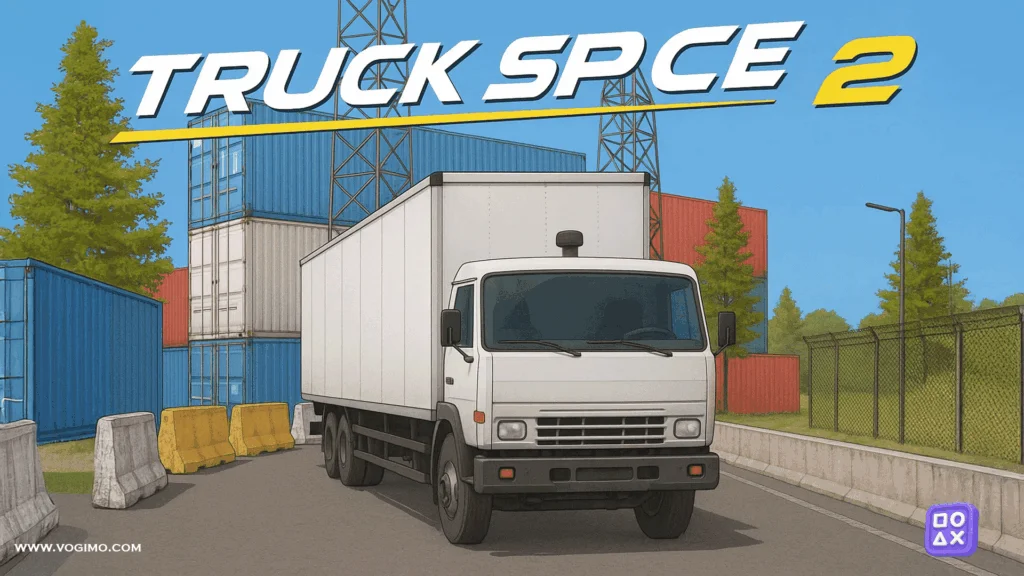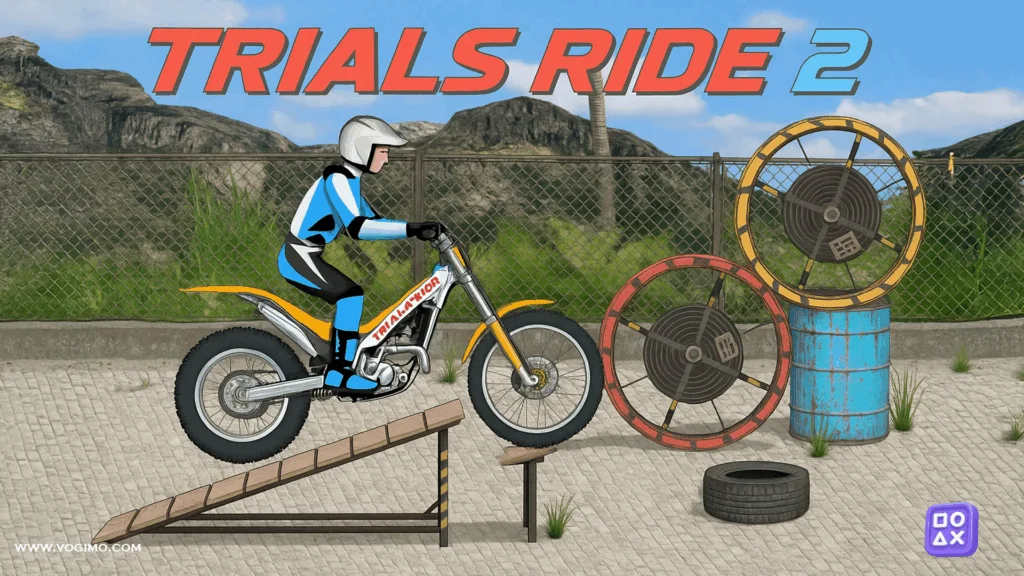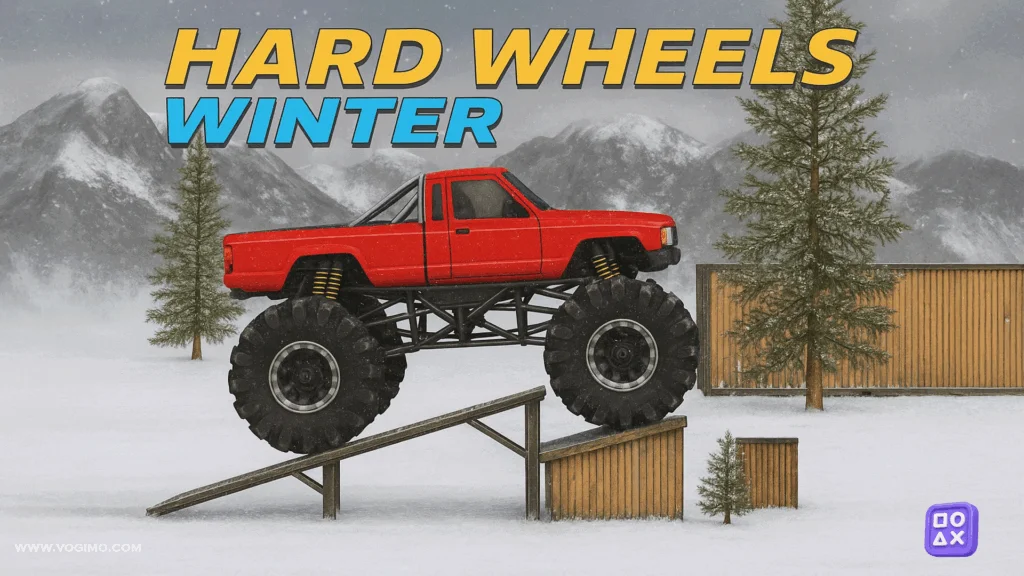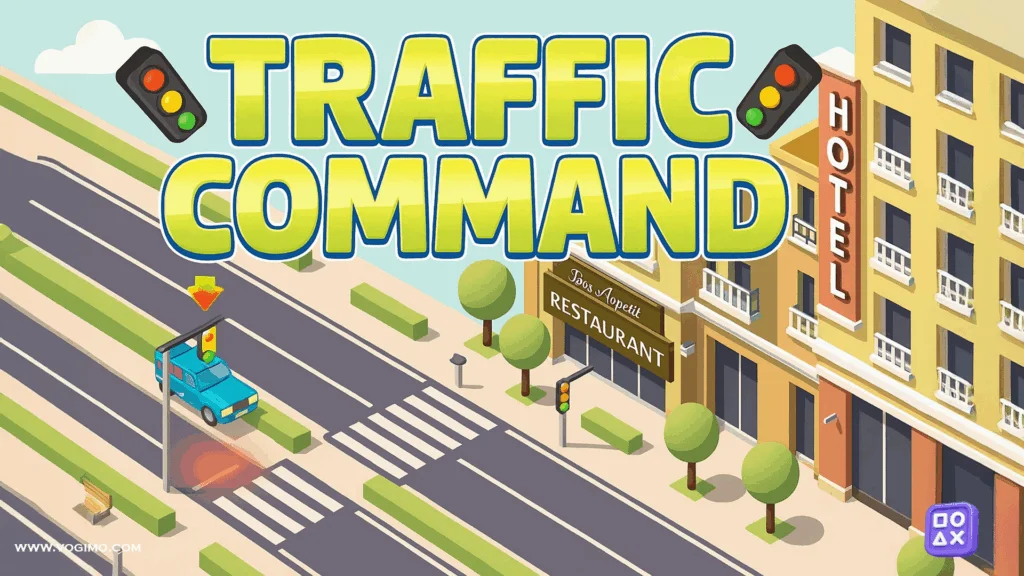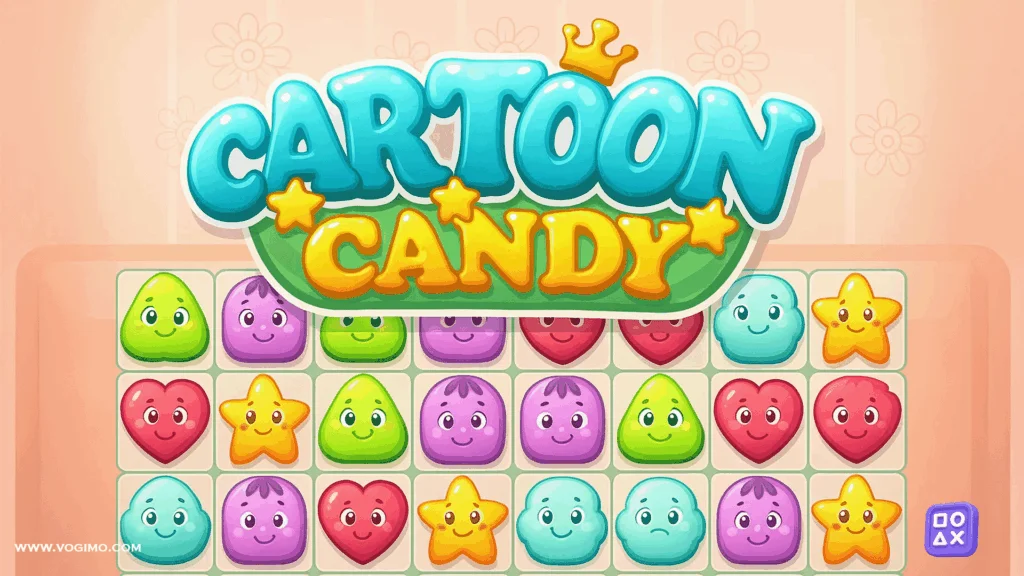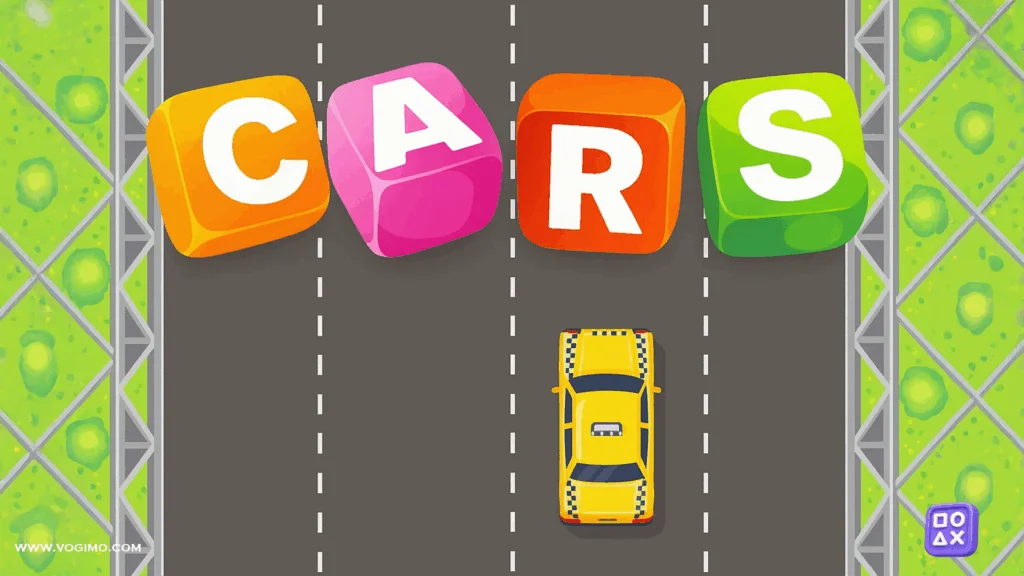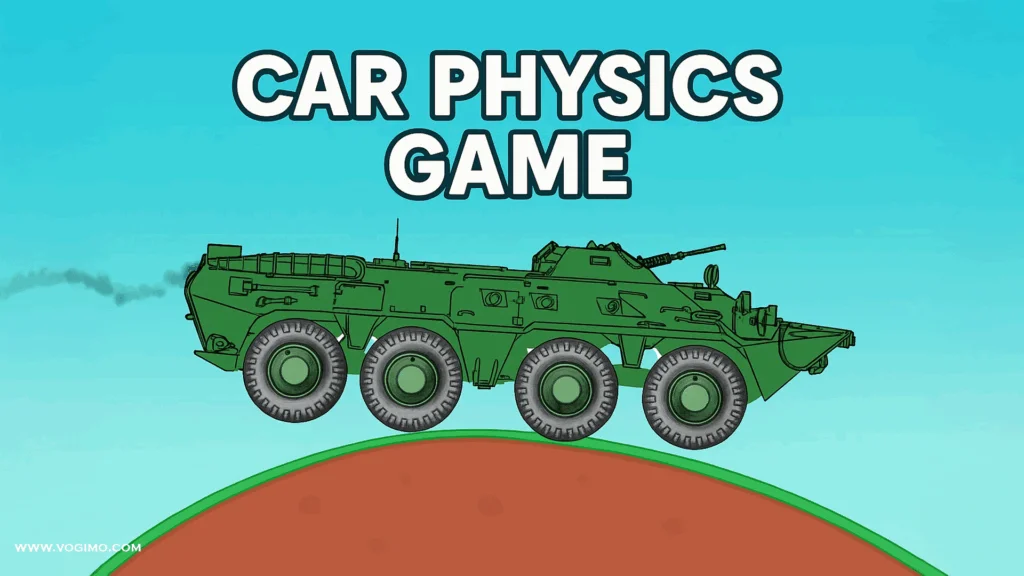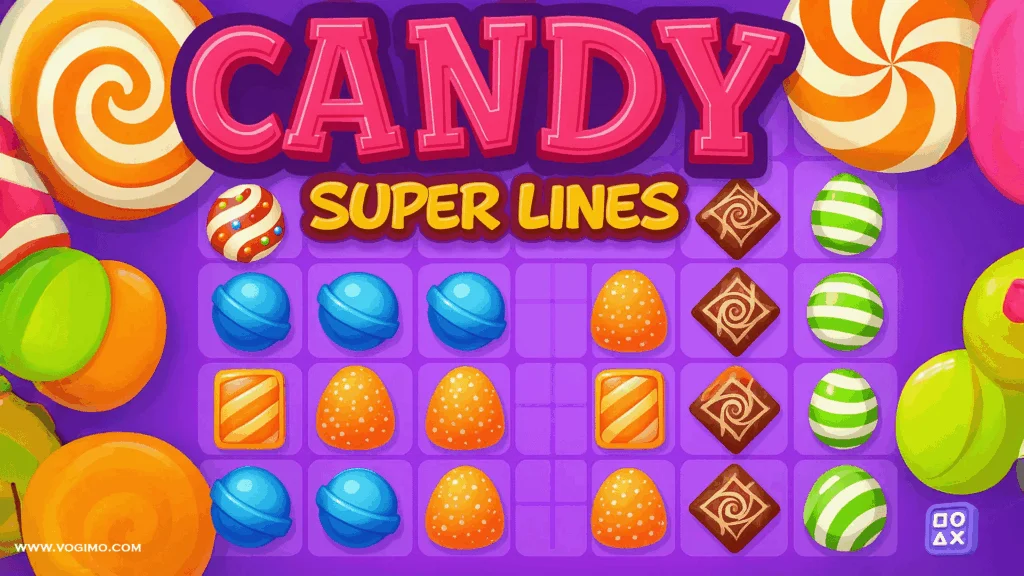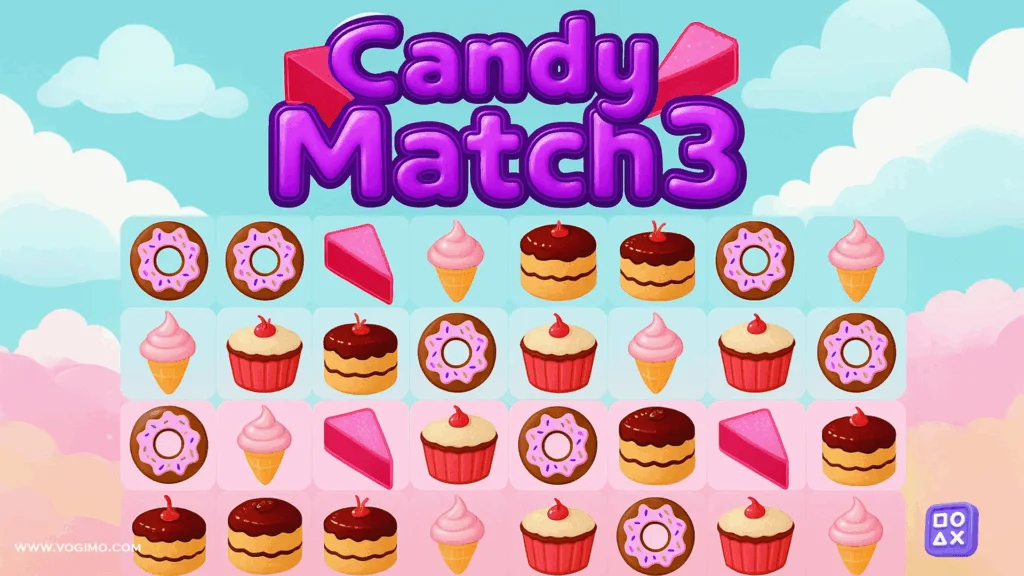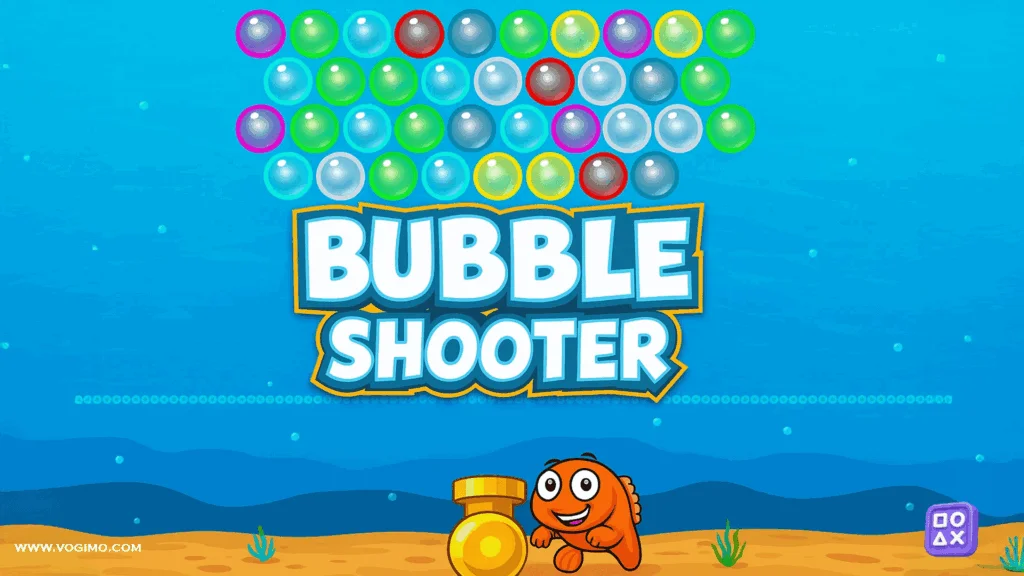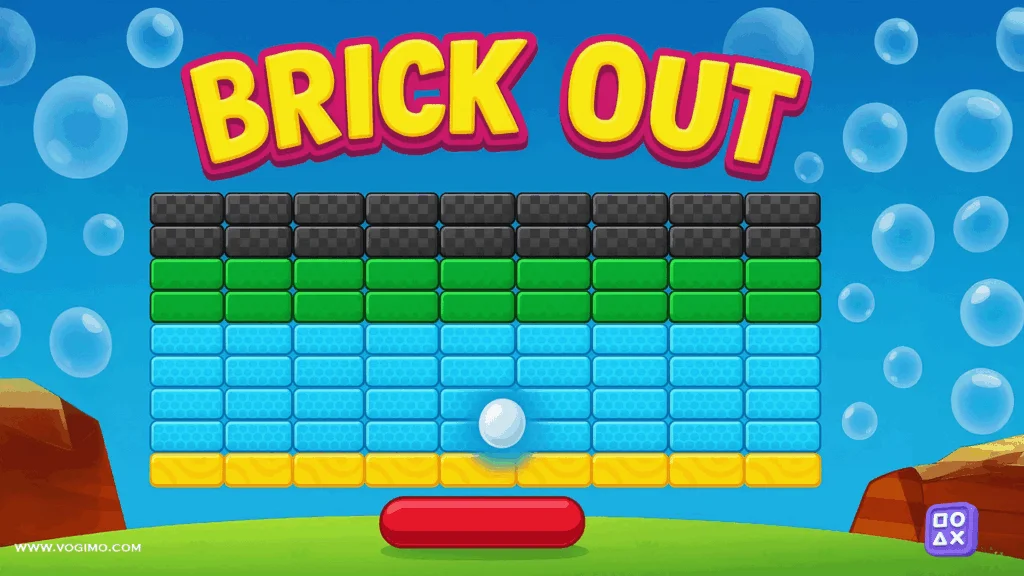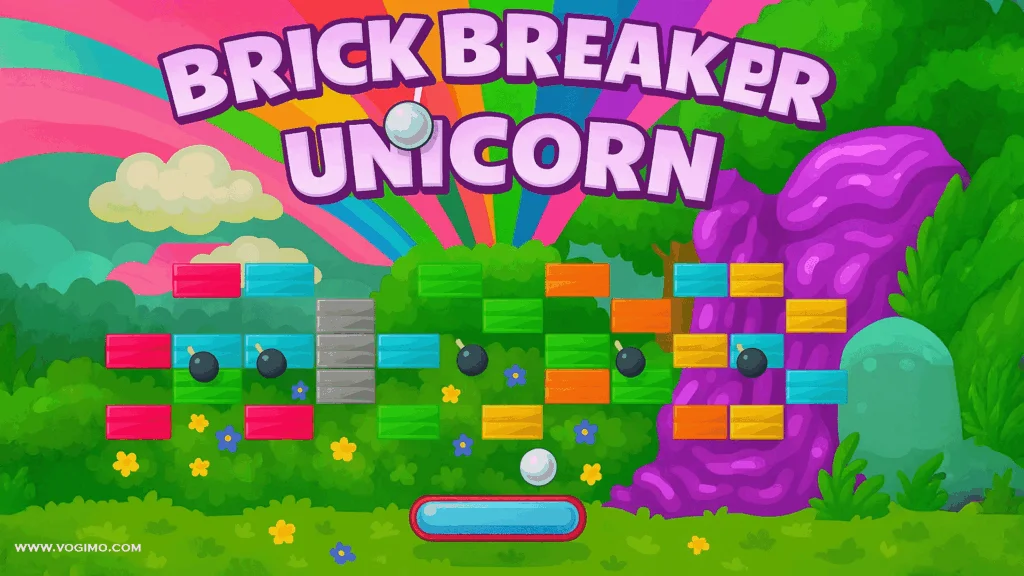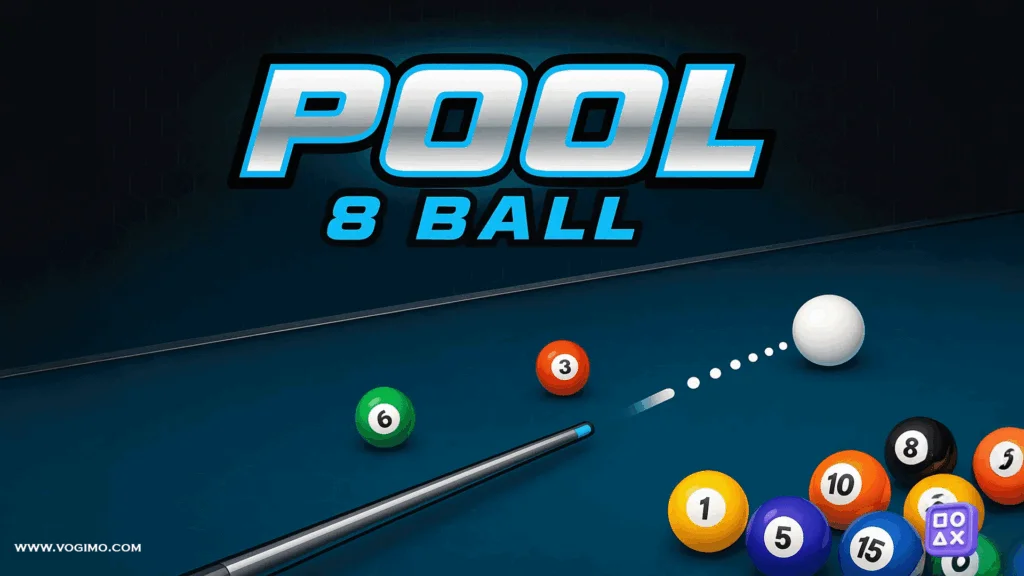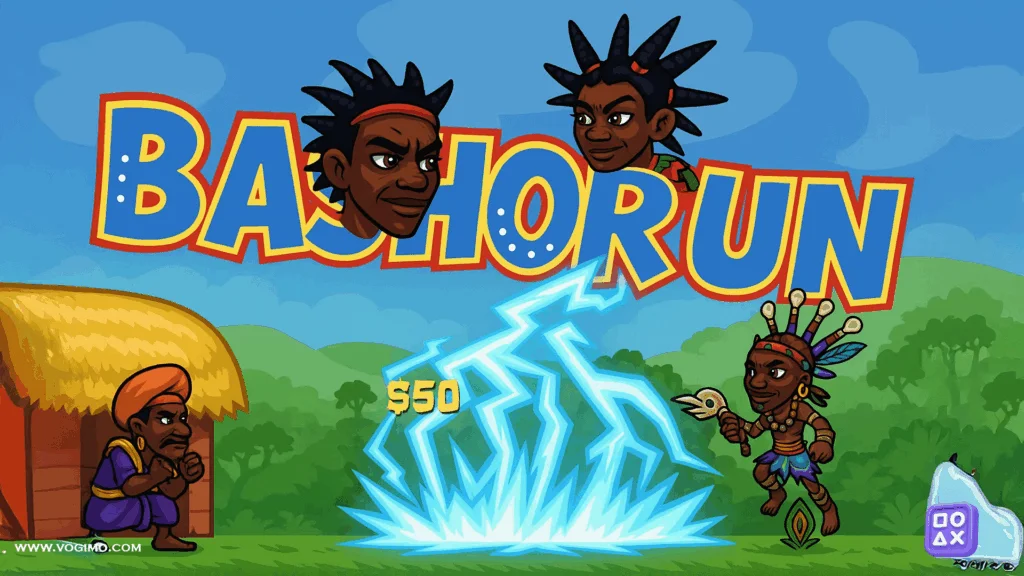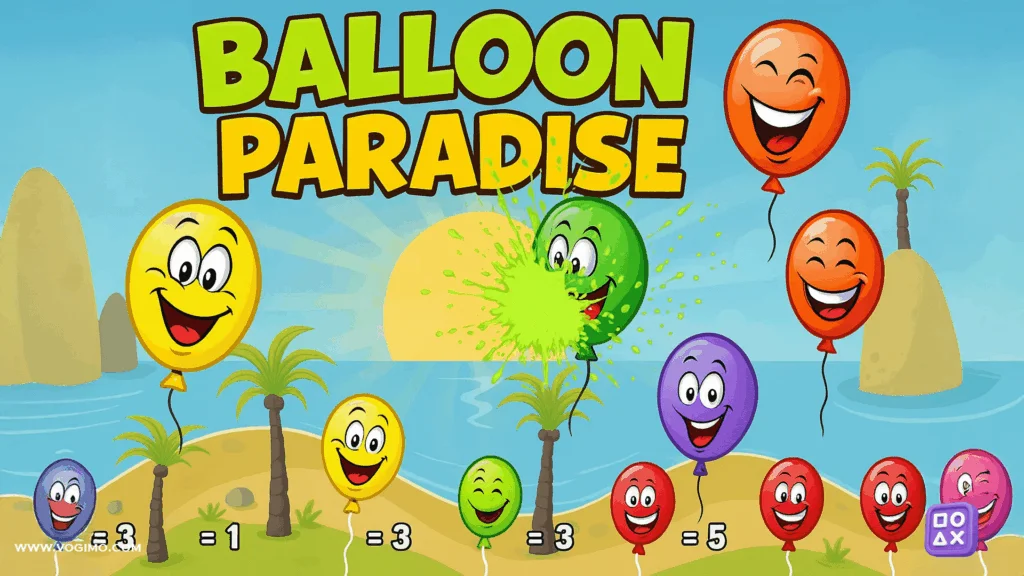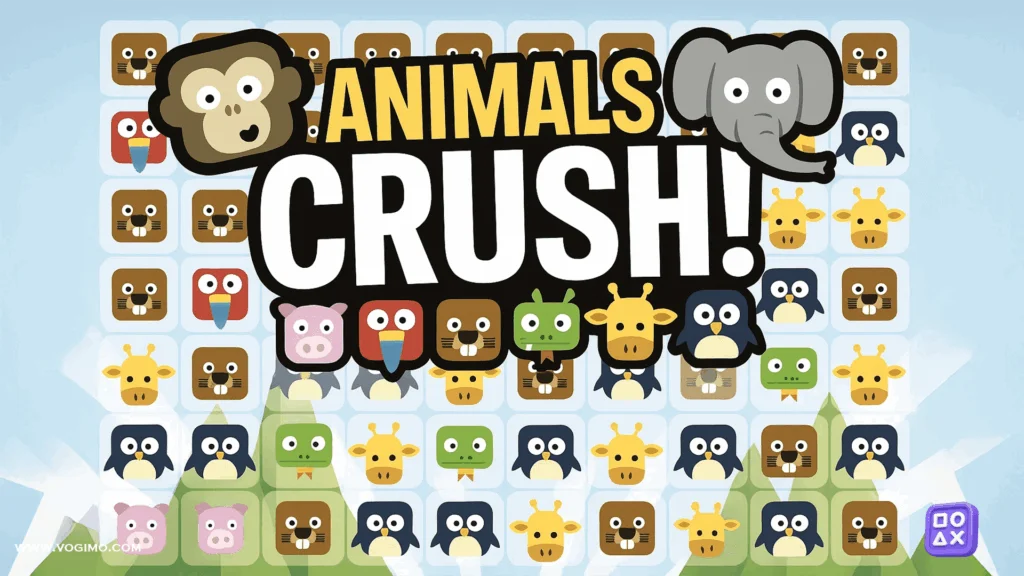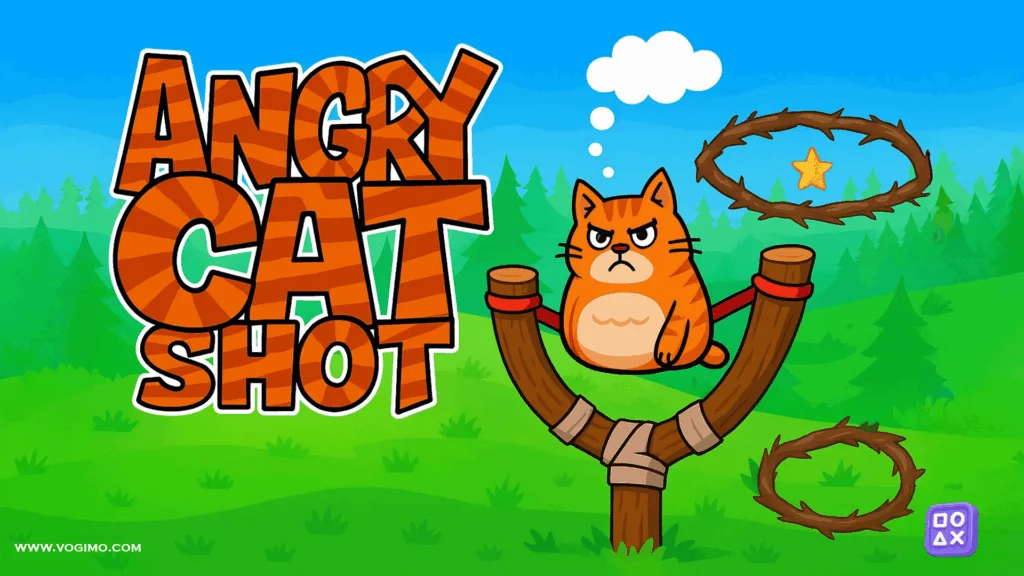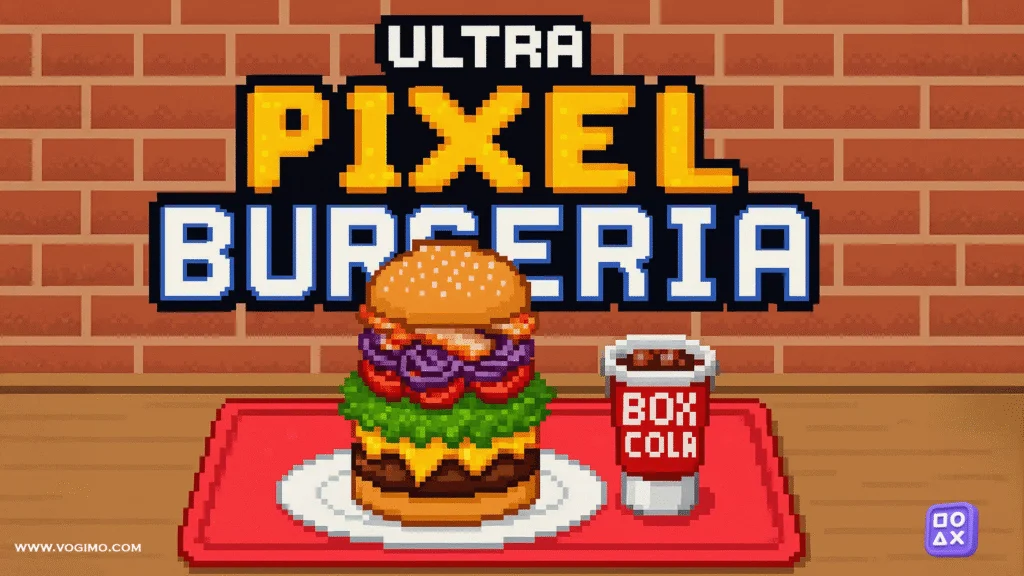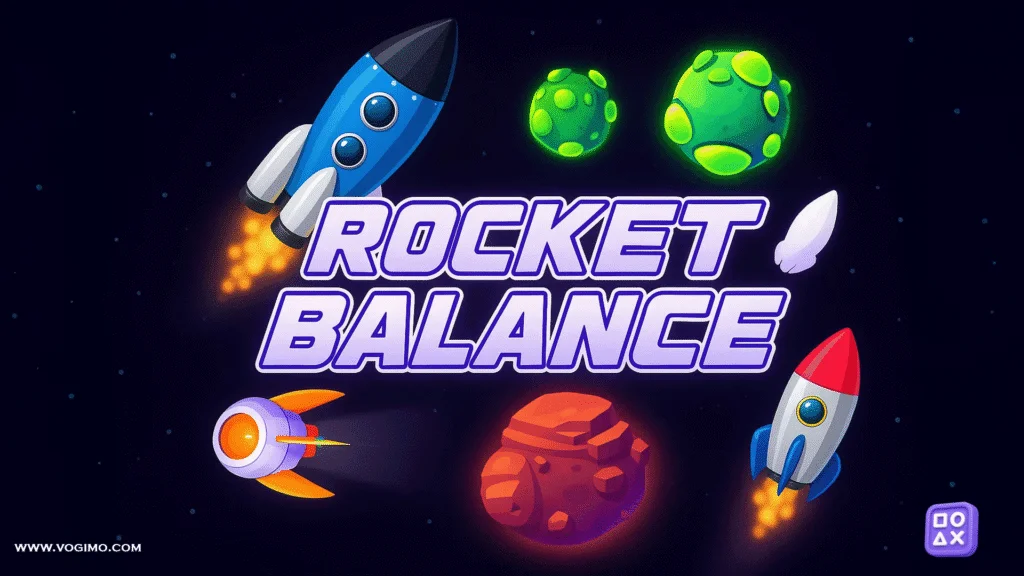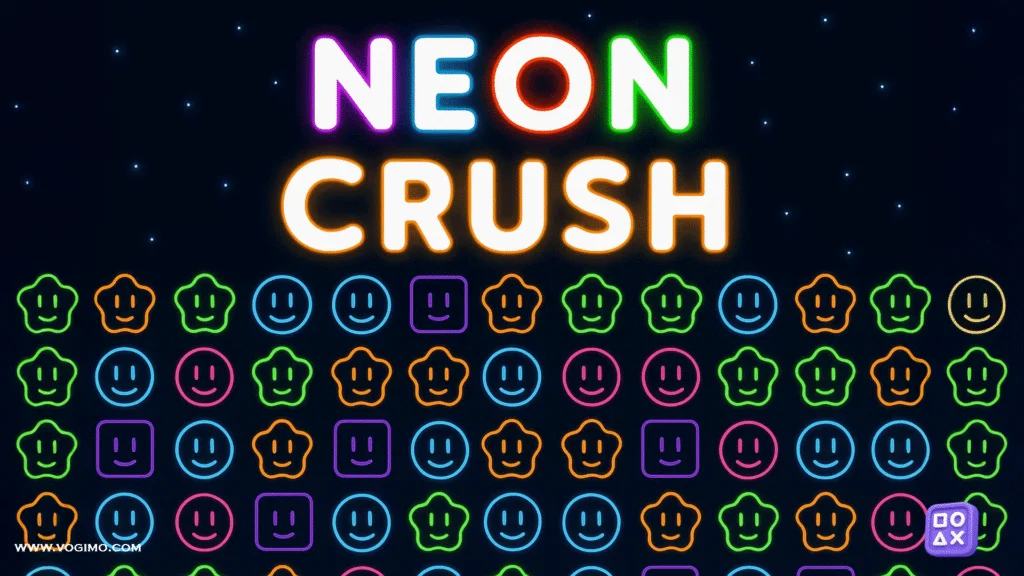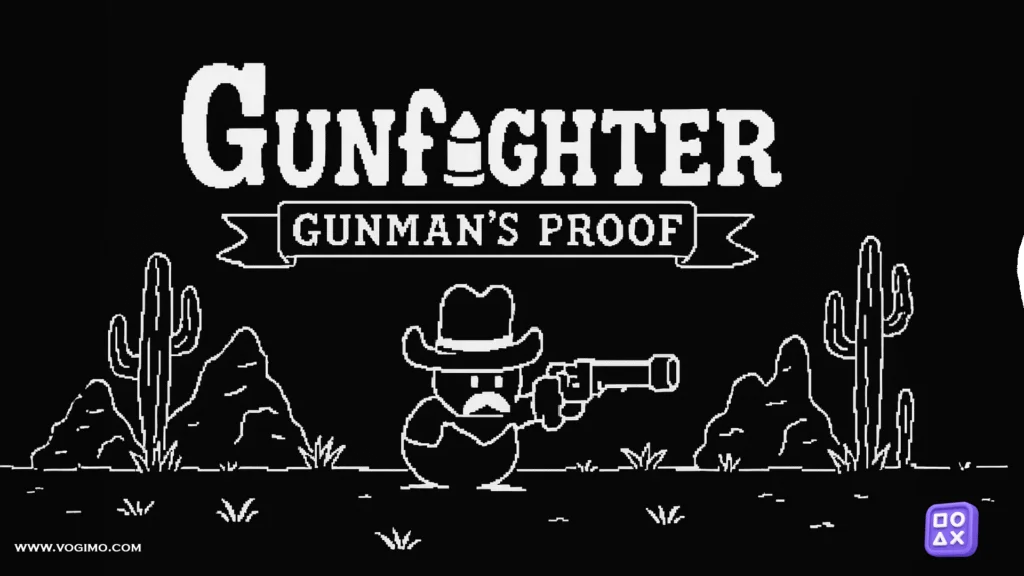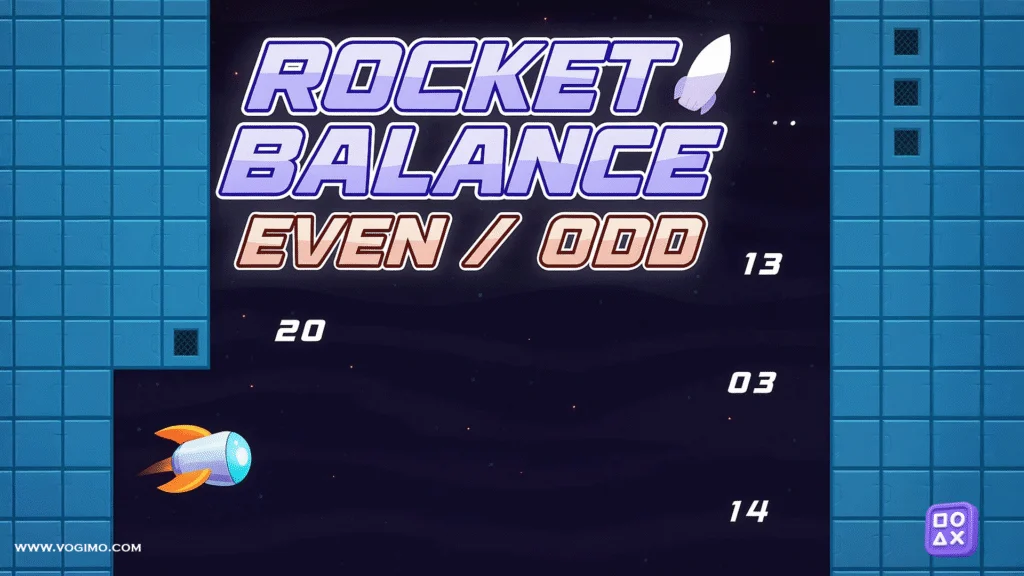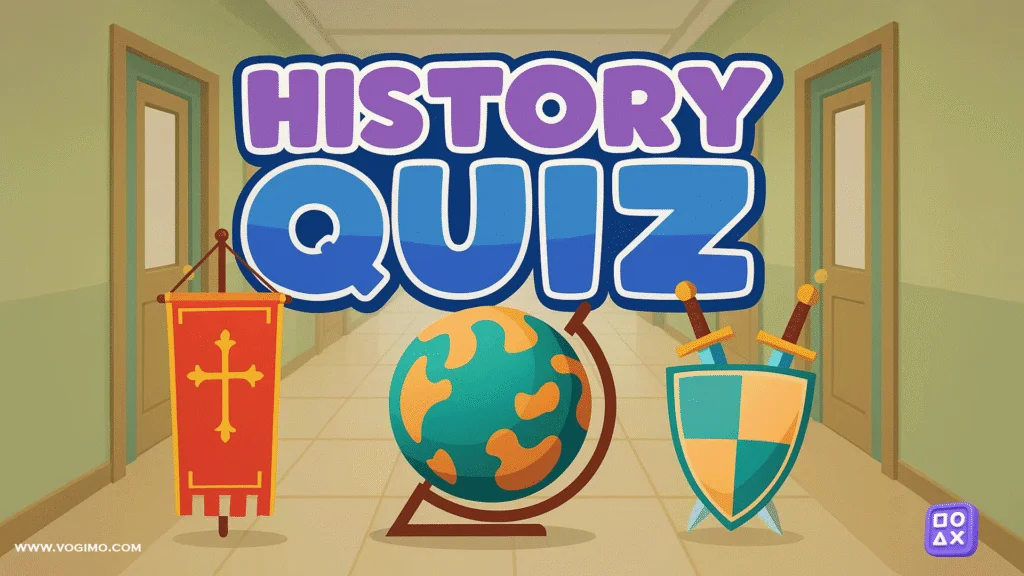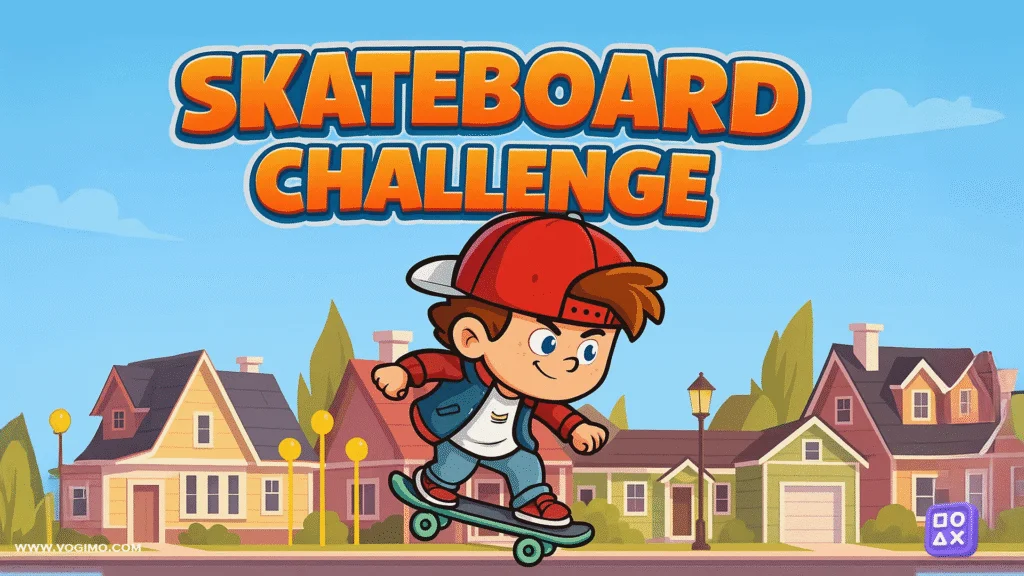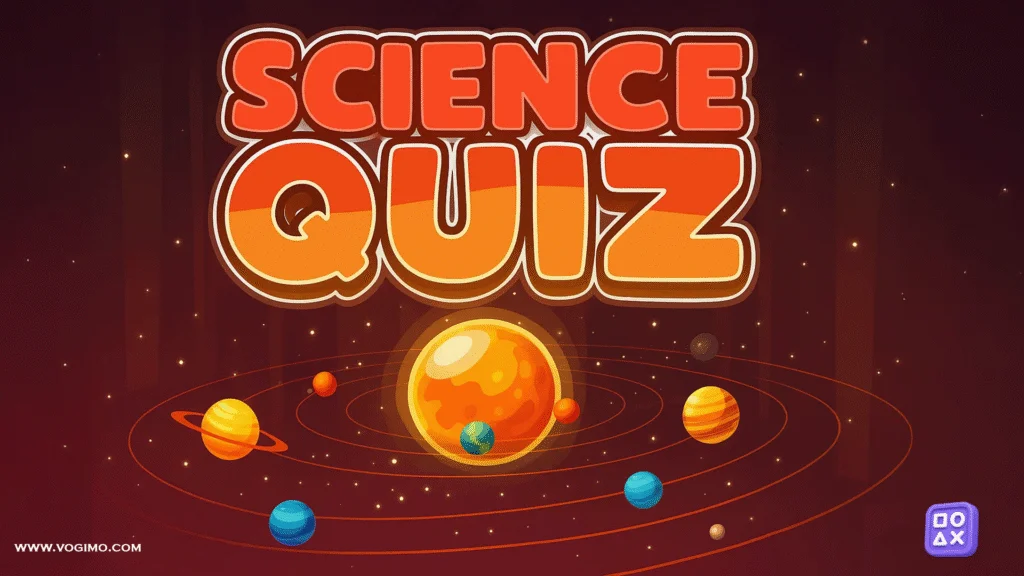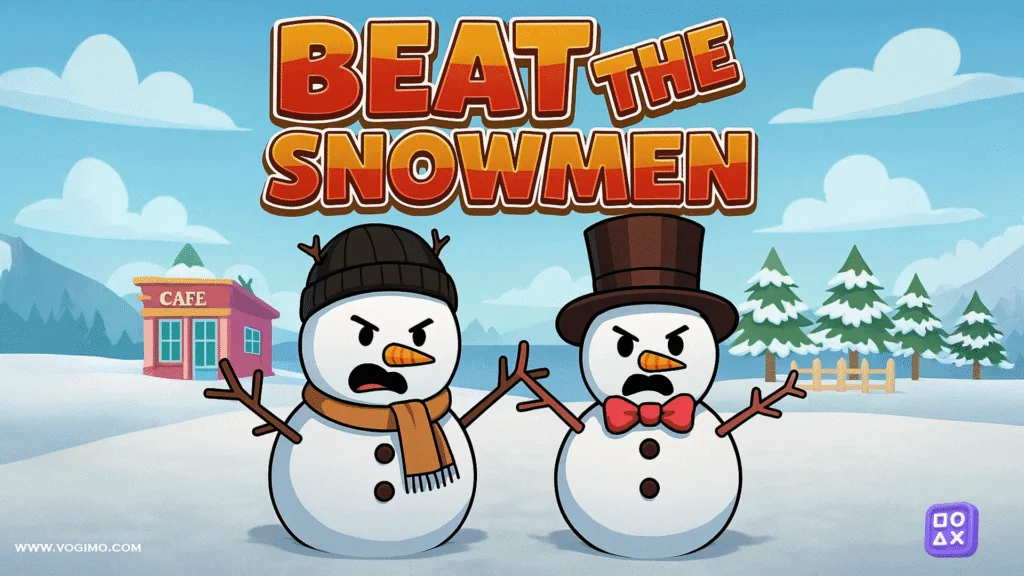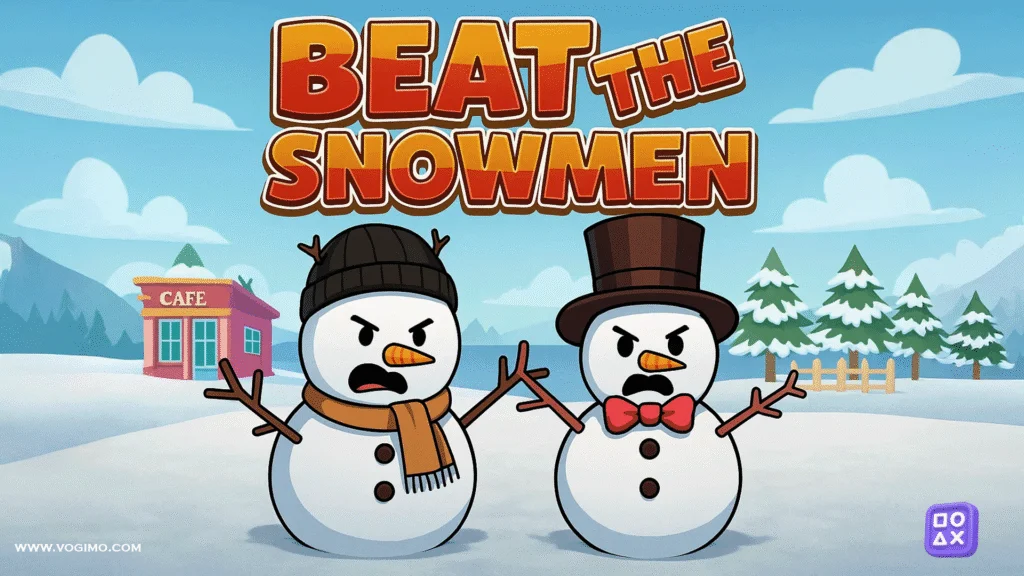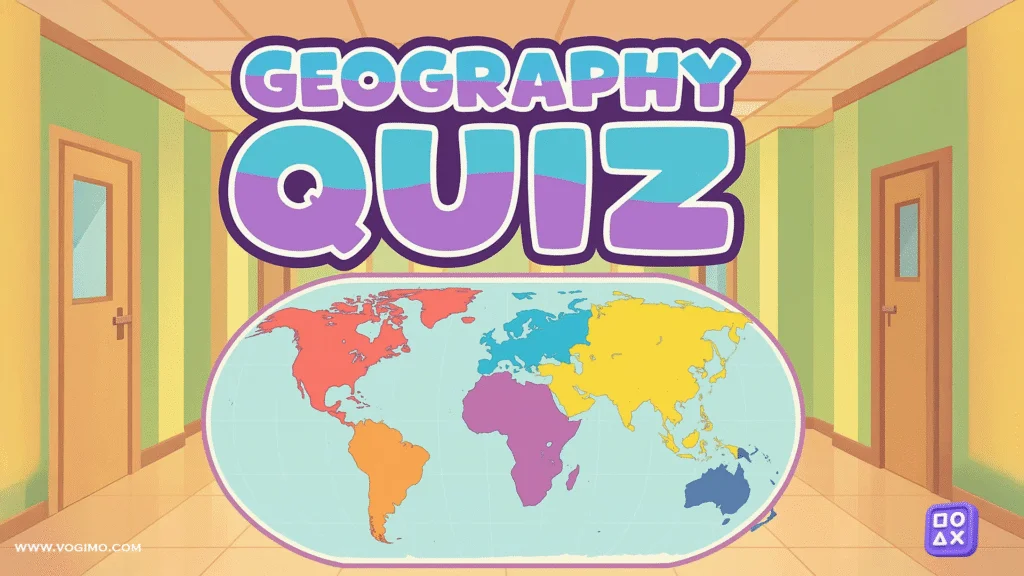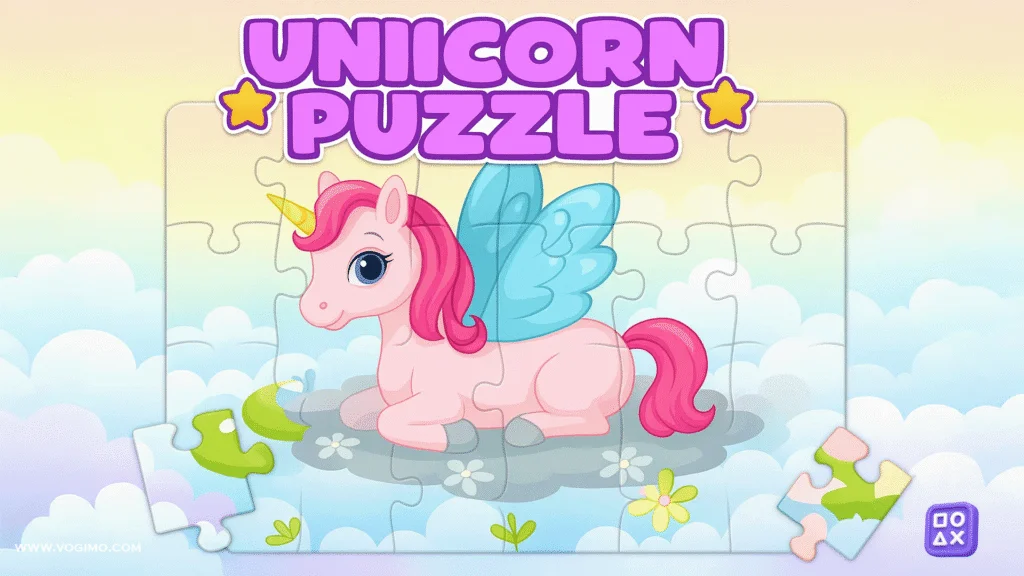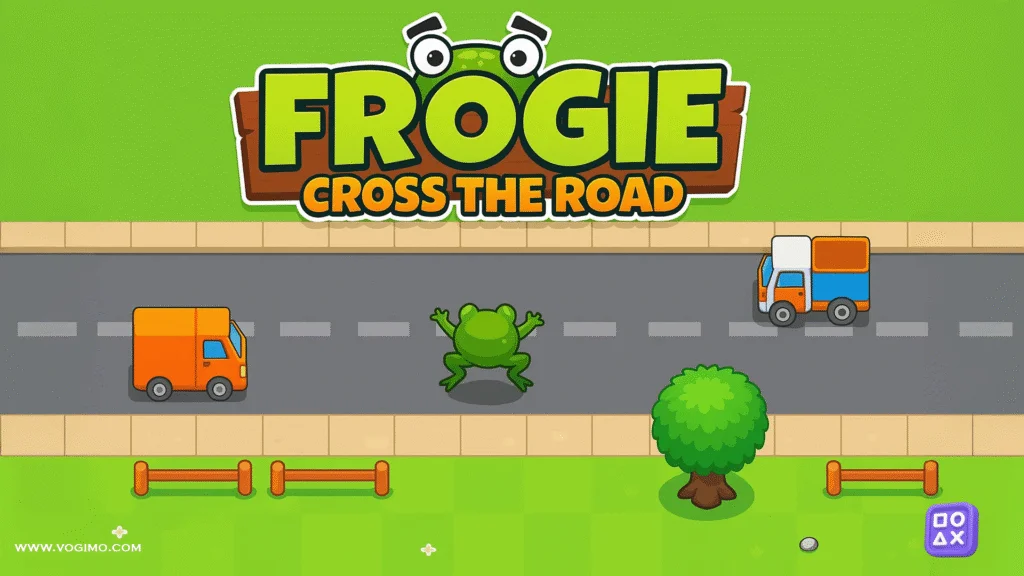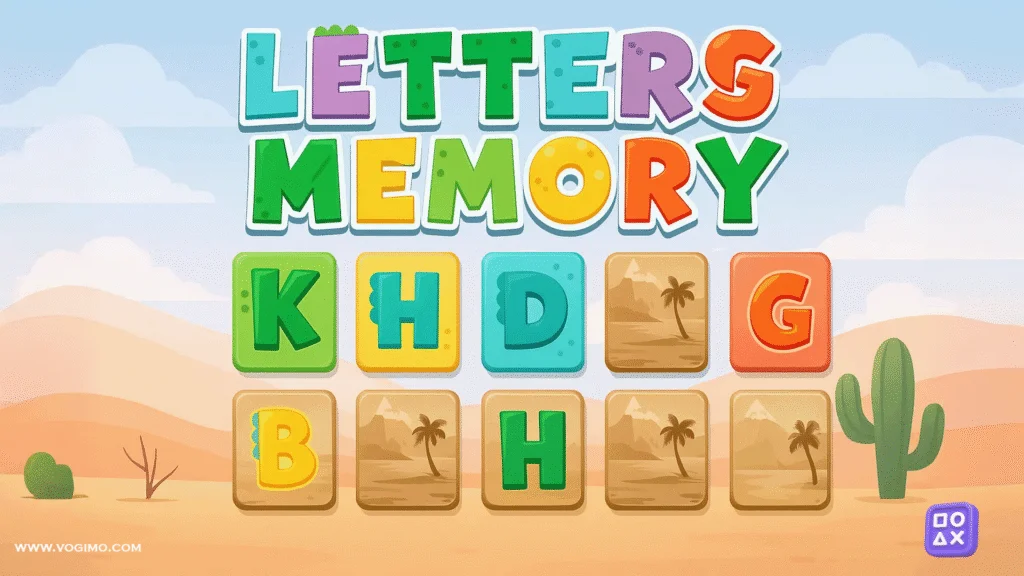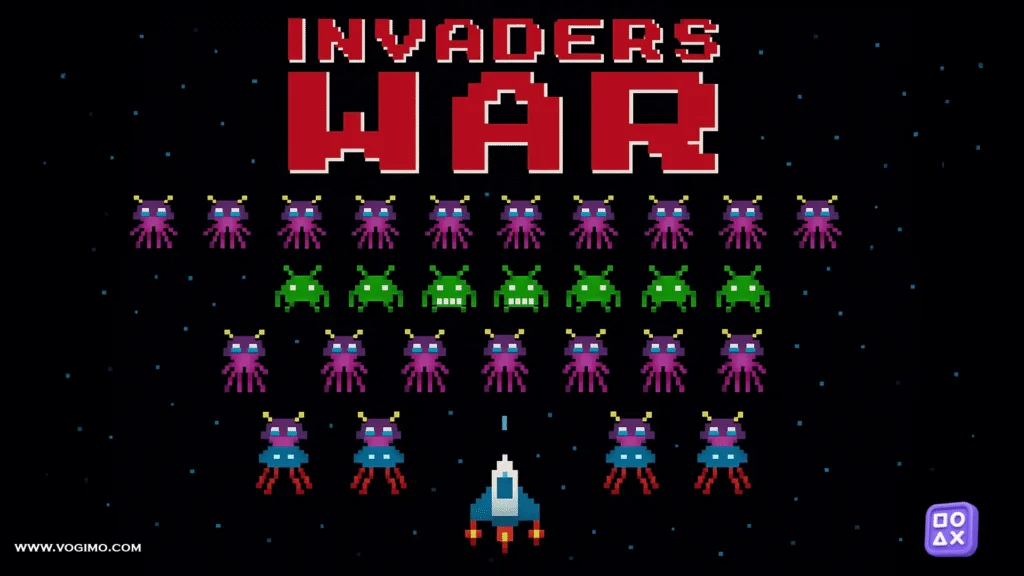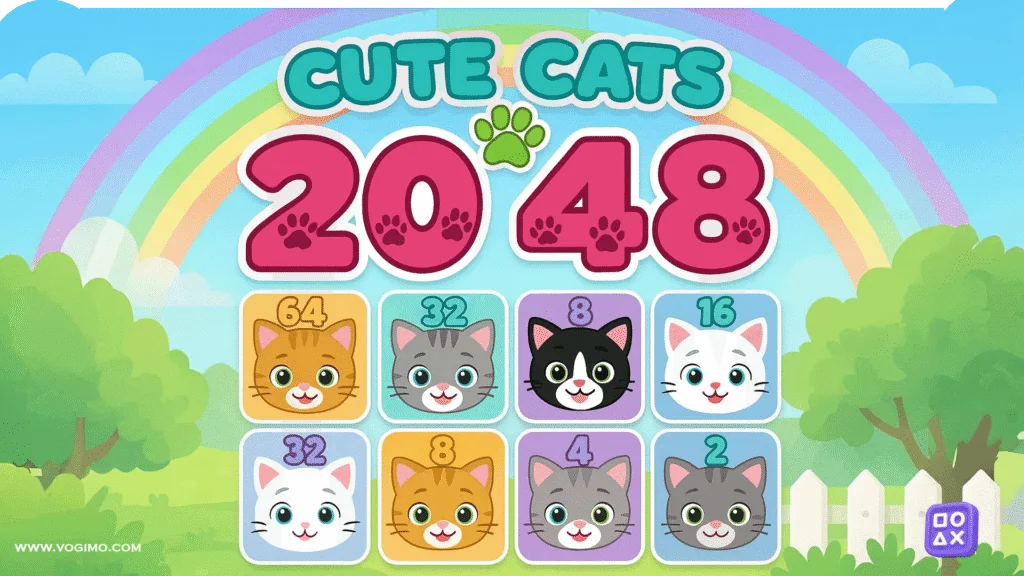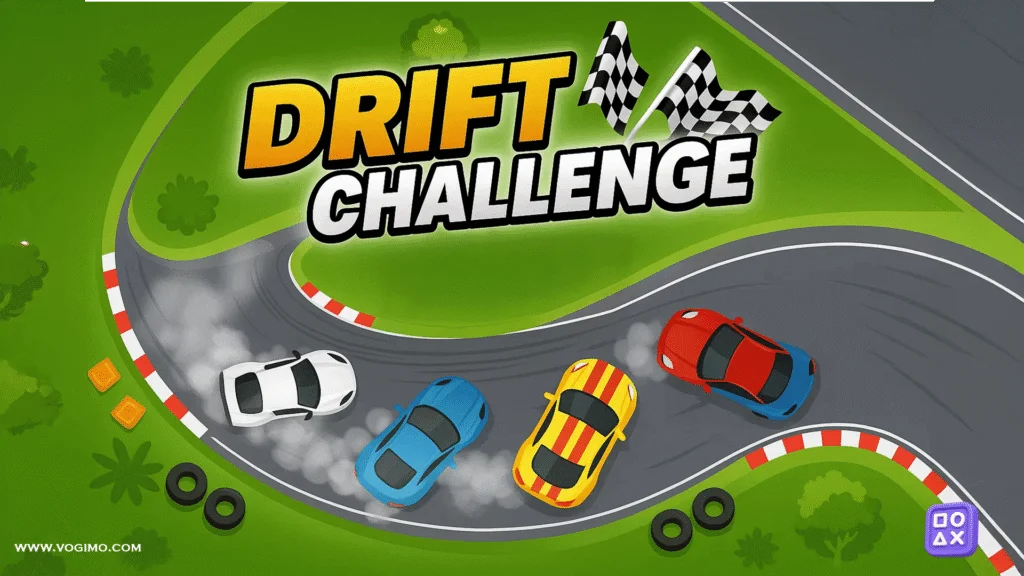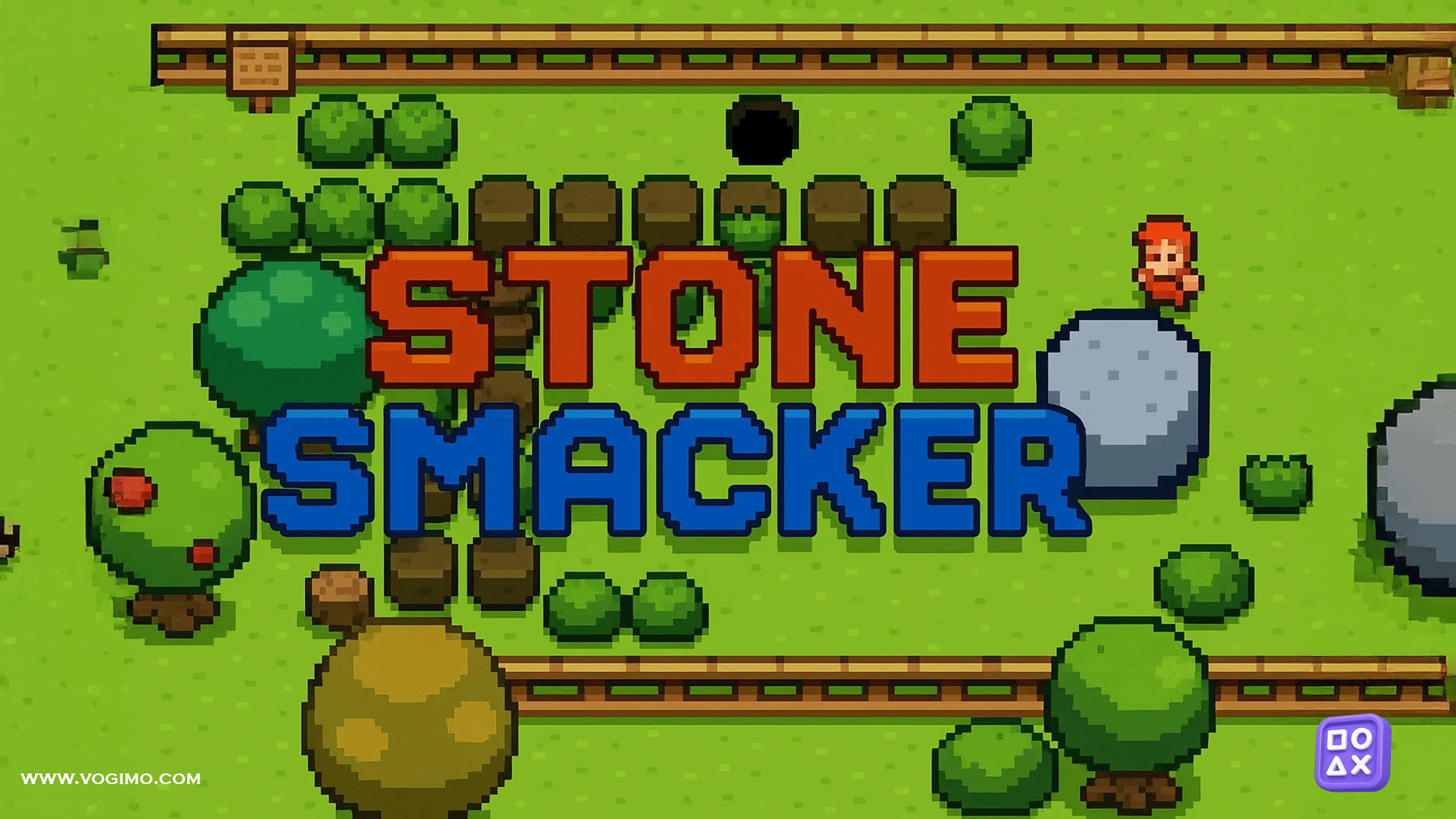At first glance, Stone Smacker Game looks like a cozy top down stroll: push a few stones, open a path, grab the treasure, on to the next screen. Two minutes in, it becomes clear there’s more going on. Each room is a tidy puzzle box holes placed just so, corridors one tile too narrow, a star chest teasing you from behind a blocked bend. You play a red-haired helper on a small quest that, if we’re honest, feels larger than it looks: every chest you unearth inches the village a little closer to okay. The rules are simple; the routing, not always. One hasty shove and a stone is jammed into a corner, good for nothing except a quick level reset and a wry “yep, that’s on me.”
Controls
Desktop: Move with W-A-S-D; Space for Attack/Interact.
Mobile/Tablet: On-screen touch buttons for movement and actions.
Gamepad: Supported—D-pad/left stick to move; face button for Attack.
Movement is crisp and readable. You nudge a stone, it slides a single space, and gravity (or whatever village magic applies here) swallows it with a satisfying thunk when it meets a hole. The best runs feel like you’re solving backward in your head: first imagine the final layout holes filled, path clear then plan the pushes that get you there with the fewest dead ends. The Attack action adds a small wrinkle. It doesn’t turn the game into combat; think of it as a context tool. On some boards you’ll swat away light obstacles or poke a switch. On others, it’s mostly there to keep your hands honest. Either way, it’s wise to check what Attack does in a new level before you start nudging half the map.
The pacing lands in that pleasant zone between “I can squeeze one in before lunch” and “okay, one more because I almost had it.” Early stages teach clean fundamentals never push against a wall unless you mean it, leave yourself exits, fill holes that unblock routes rather than the ones closest to you. Later layouts tighten the margins and sneak in multi-step detours. You’ll catch yourself doing the little solver’s hum: left, up, left, down nope reset try again.
Quick tips to score high (and feel smart)
- Solve from the end. Picture the last two pushes that free the chest, then work backward to your first move.
- Keep escape lanes. Before every shove, ask: Will I still be able to walk around this stone afterward?
- Save “key holes” for last. Sometimes a hole doubles as a hallway cap. Filling it too early can lock you out of the ideal path.
- Reset early, not late. If you’ve pinned a stone against an unhelpful wall, cut losses and restart—salvage runs waste time.
- Scout with your feet. Walk the full room first; hidden corners often suggest the only viable order of operations.
- Count pushes. Challenging boards usually have a minimal solution. If you’re exceeding it by a lot, you likely missed a cleaner route.
Common mistakes (and fixes)
- Cornering a stone. Once it’s in a corner, you can’t pull it out. → Fix: Use walls as guides, not endpoints; approach from the side that leaves space behind you.
- Filling the “pretty” hole first. It’s tempting to clear the obvious gap. → Fix: Identify the one hole that frees the main corridor and prioritize that.
- Tunnel vision. You commit to a plan and overlook a shorter line. → Fix: After three pushes, pause and reevaluate; small detours save entire routes.
- Ignoring Attack. Some stages expect a quick interact. → Fix: Tap Space near suspicious tiles at the start to learn the room’s vocabulary.
- Diagonal daydreaming. The grid likely moves in four directions. → Fix: Route like a plus sign, not an X; it changes which pushes are even possible.
Fast facts
- Genre: Top-down puzzle (think thoughtful shoves over twitchy moves)
- Goal: Fill holes with stones to open the path and reach the treasure chest
- Playtime: Bite-size stages; perfect for 3–5 minute sessions or longer sprints
- Why it clicks: Clear rules, tidy feedback, and layouts that reward planning
- Devices: Desktop, mobile, and gamepad play nicely
FAQ
Is there combat?
Not in the usual sense. Attack is mostly an interact/situational tool. Treat it as part of the puzzle language rather than a fight button.
Can I undo a single move?
Some builds stick to full resets only. Plan as if you can’t undo; it makes you choosier and, oddly, faster.
Do levels track move counts?
Even if your version doesn’t score moves, setting a personal “par” keeps reruns engaging. Try to shave one push each attempt.
Kid-friendly?
Yes. It teaches cause-and-effect and spatial planning. Younger players may need a nudge to avoid corner traps, but the feedback is gentle.
Best input?
Whatever you’re comfy with. Keyboard’s snappy; gamepad is relaxed; touch works well if you prefer playing flat on a desk.
Keep exploring on Vogimo
If you like the think first, push second flavor, browse our Puzzle Games. For a similar top down vibe with a little more wandering, try the Adventure.
Stone Smacker succeeds by staying small and precise. Rooms don’t waste your time; they ask a fair question and wait for your best answer. When a plan comes together the last hole swallowed, the chest sparkling open you feel it. Not fireworks, exactly. More like a tidy click in the brain that says, there it is.



